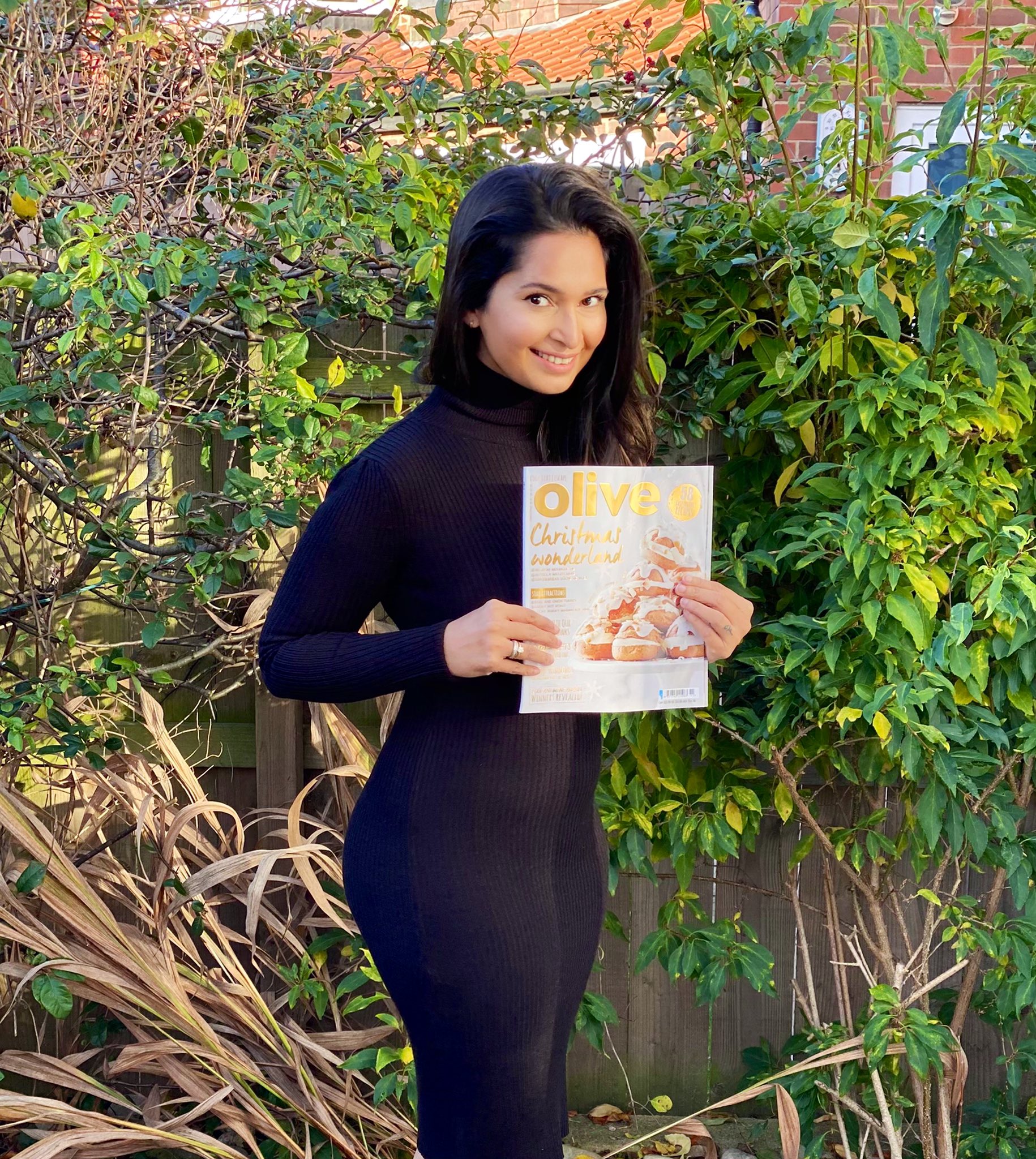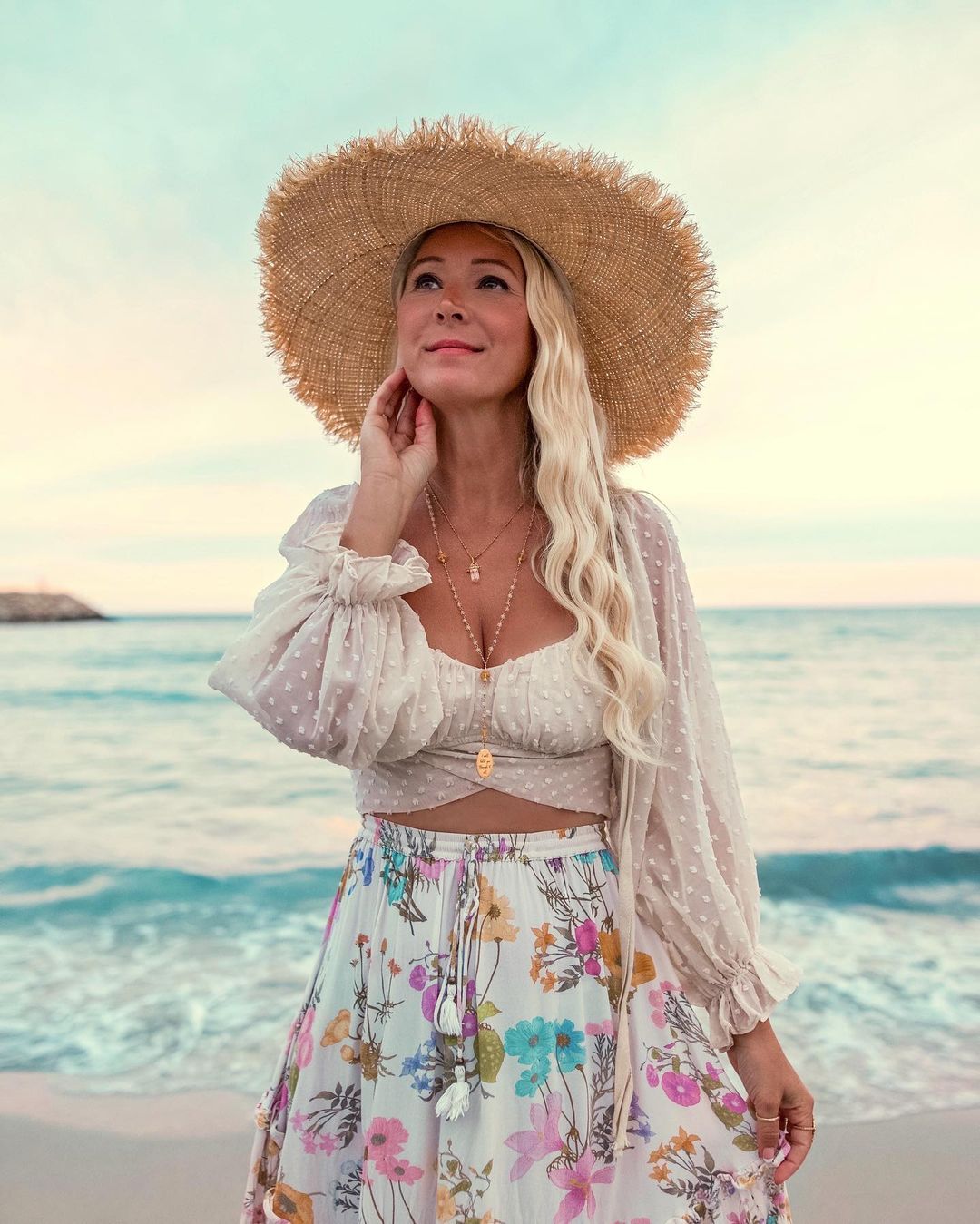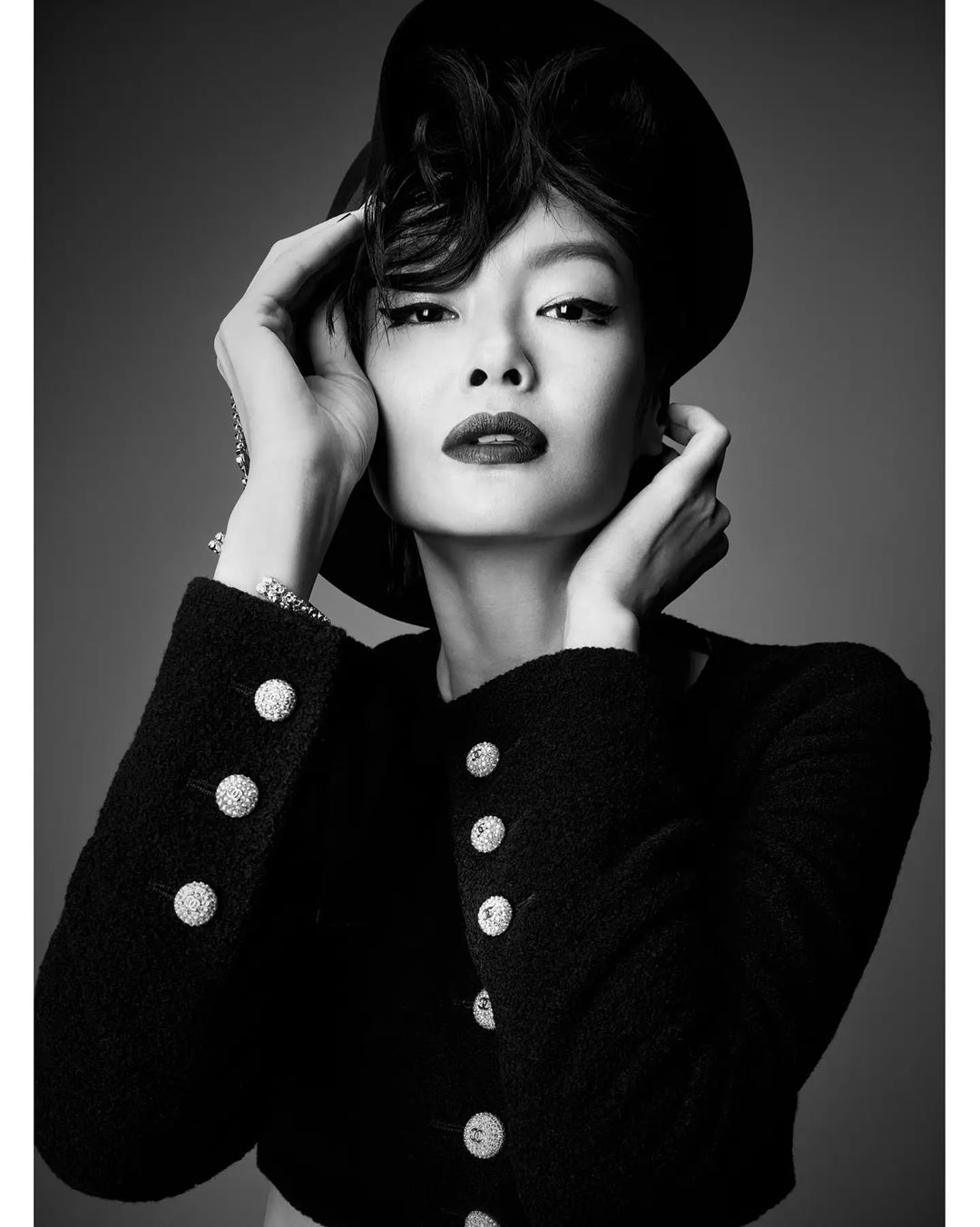Born in 1975, Peju Alatise is an Architecture degree holder, writer, poet, and, most significantly, an artist. She makes use of combined media to voice her opinions on identity and female perceptions and reflections within themselves and inside society. Her work has obtained a global reputation inclusive of the Smithsonian.

As an interdisciplinary artist, architect, and creator of two novels, she has been practicing as an impartial studio artist in Nigeria for that reason, She has been constant with her experimentation with substances and strategies as a medium to examine various socio-political issues. Alatise has additionally been an influential voice on the “Child Not Bride” marketing campaign in Nigeria, with her work frequently feeding into this discourse. She is also the founder of the ANAI Foundation – a non-profit foundation devoted to the development of visible arts in Nigeria, imparting subsidised training programs for artists. Alatise is a fellow at the Smithsonian National Museum of African Art and the 2017 winner of the FNB Art Prize in Johannesburg. Her work was exhibited at the 57th Venice Biennale as well as in several exhibitions in New York, Florence, Morocco, London, and elsewhere. Alatise, at the side of two different Nigerian artists, Victor Ehikhamenor and Qudus Onikeku, have been the first Nigerians to be seen at the artwork exhibition. Her work group of existence-size figures is based totally on the existence of a servant woman.
Alatise cites artist David Dale, Bruce Onabrakpeya, Nike Monica Davies, Susanna Wenger, and Nigerian and Yoruba lifestyles as effects of her artwork. She began her art career with portray, then branched out to be a multimedia artist, the made use of beads, fabric, resin, and other substances. She now works in sculpture, she uses her artwork to make statements about social problems, even incorporating literature, symbolism, and traditional Yoruba mythology into her works. Alatise is likewise involved in bead-making, visual arts consultancy, innovative writing, leather accent designing, and interior designing.
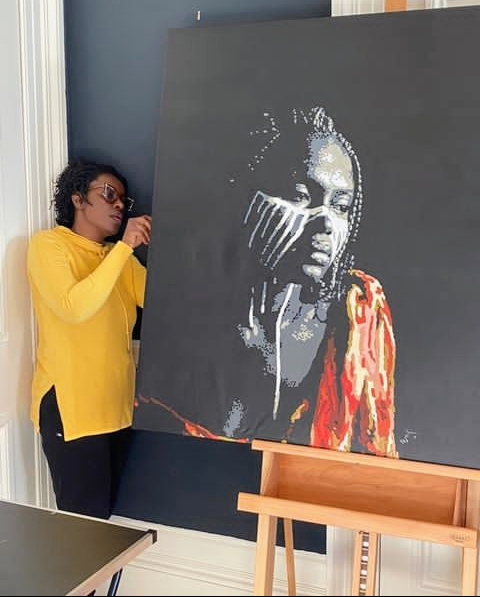
According to Vogue, “Alatise defines her creative exercise as a look for fact and to this stop a lot of her work centres on girls in Nigeria and on the political and spiritual troubles at the heart of the country” Strongly believing that an artist has to depict the world she lives in, Alatise strives to visualise social problems of her country and personal level in. Considering the strongly held social perspectives of gender roles in Nigeria, it isn’t always sudden that a great deal of Alatise’s artwork makes a specialty of gender inequality and girls’ rights. Using her art to make statements about social issues, Alatise acts as an innovative social activist via art. Alatise’s paintings expand on Afro-feminist views with the aid of fracturing the male mildew of Modern African culture. Over the years, Alatise’s paintings have put her on a pedestal with many other outstanding Nigerian girl artists like Nike Davies Okundaye, Lara Ige-Jacks, and Ndidi Dike. Although Alatise commenced her inventive career by using exploring three-dimensional illusions on two-dimensional surfaces, she also creates via literature. This blended love of art and literature is reflected and considered one of her maximum beautiful portions, “Flying Girls”. Exhibited in Venice Biennale, this piece consisted of 8 life-length girls with wings, and, according to fashion and enjoyment internet site BellaNaija, is “based totally at the tale of a ten-year-old female who works as a housemaid in Lagos while dreaming of a realm in which she is loose, who belongs to nobody but herself, and can fly.
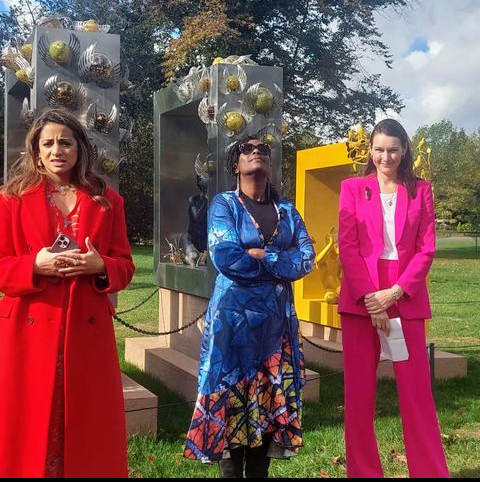
Bella Naija additionally states that this piece “addresses the injustice of the present, however through a vision of a more secure imaginary future, in particular for little women. Additionally, this painting addresses the difficulty of baby labor. Alatise more directly combines her multi-disciplinary skills in her 2013 exhibition, titled Wrapture. This piece blended short memories with sculptures, developing a visible narrative. Alatise has authored novels, her debut novel is entitled, Orita Meta. A leading voice for cutting-edge African artists, she has used her paintings as a medium and voice to deal with societal ills and change the stereotypical narrative and ideology. Alatise is a fellow at the National Museum of African Art, a part of the Smithsonian Institution. Alatise’s 2011 painting titled “Ascension” became sold at N4. Four million in Nigeria’s Art Auction, which made her paintings pleasant priced among emerging artists. Her latest worries include creating artist residencies in Morocco and Turkey. These are places in which artists can stay and paint on their numerous art tasks at the same time as being near different artists with similar pastimes. In this manner, Alatise makes a specialty of helping up-and-coming artists.
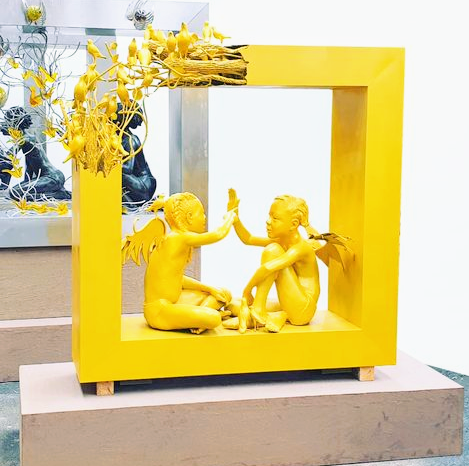
In an interview with Aljazeera, Alatise described her goals in these phrases: “When I look at the standard in which I want my work to be, I look at what is happening on a global scale. The artists who inspire me are [those] whose works engage in a way that either inform or inspire you, [that] talk to the true essence of the human in you and I want my work to do the same.”
View this post on Instagram

